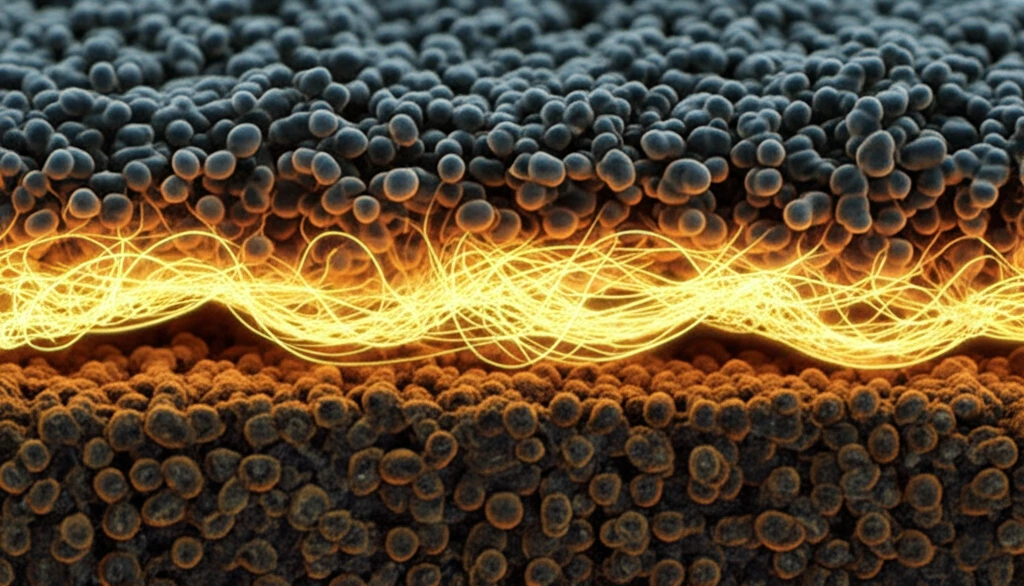
Can Biomass Silica Strengthen Clay Soil? The Eco-Friendly Solution You Need to Know
"Discover how turning agricultural waste into a powerful soil stabilizer can help build stronger, more sustainable foundations for our future."
Soft soil, particularly clay, presents significant challenges in construction due to its low strength and high compressibility. Traditional methods of soil stabilization, like cement mixing, can be costly and environmentally damaging. As urban development expands, finding sustainable and effective solutions for reinforcing soft soils becomes increasingly critical.
Enter biomass silica (BS), an innovative material derived from agricultural waste. By repurposing materials like rice husk ash, biomass silica offers an eco-friendly alternative to conventional soil stabilizers. This approach not only enhances soil strength but also reduces environmental impact, aligning with the growing demand for sustainable construction practices.
Recent research investigates the potential of biomass silica to improve the unconfined compressive strength (UCS) and microstructure of clay soil. This study explores how BS, specifically in the form of SH-85, can transform weak clay into a robust foundation material, paving the way for safer and more sustainable infrastructure.
How Does Biomass Silica Change Clay Soil?

The study focused on understanding how biomass silica (BS) interacts with clay soil at a microscopic level to improve its strength and stability. Researchers prepared multiple clay soil samples mixed with varying percentages of BS (5%, 7%, and 9%) and subjected them to different curing periods (0, 7, 14, and 28 days). The unconfined compressive strength (UCS) test was then used to measure the soil's resistance to pressure, and scanning electron microscopy (SEM) was employed to analyze its microstructure.
- Increased Strength: BS significantly boosts the soil's ability to withstand pressure.
- Microstructure Improvement: SEM images showed that BS fills the voids in the clay, creating a denser soil structure.
- Sustainable Solution: Using agricultural waste reduces environmental impact.
Building a Stronger, Greener Future
Biomass silica presents a promising solution for soil stabilization, offering a sustainable and effective method to enhance the strength and stability of clay soil. By repurposing agricultural waste, this innovative approach not only improves construction outcomes but also contributes to a more environmentally friendly future. The study's findings support the continued exploration and application of BS in construction, paving the way for broader adoption of sustainable practices.
